The world of land speed records is full of crazy homemade creations, like this steam-powered bike that runs on spent cooking oil.
Get the latest international news and world events from around the world.
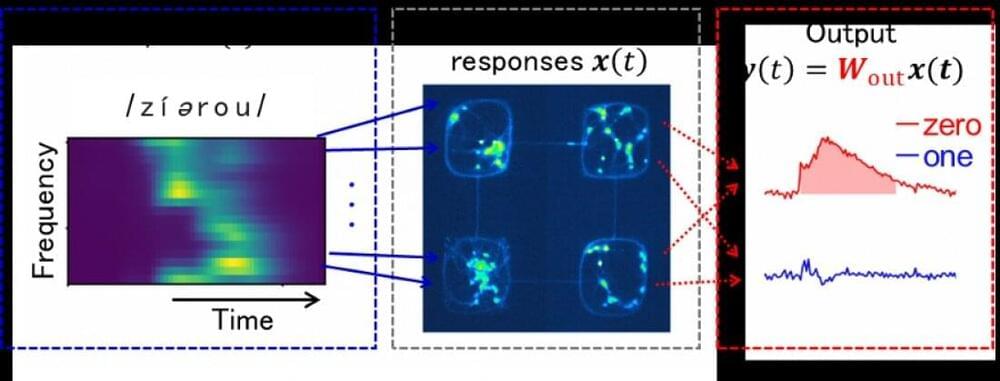
Artificially cultured brains improve processing of time series data, shows study
The brain comprises billions of interconnected neurons that transmit and process information and allow it to act as a highly sophisticated information processing system. To make it as efficient as possible, the brain develops multiple modules tasked with different functions, like perception and body control. Within a single area, neurons form multiple clusters and function as modules—an important trait that has remained essentially unchanged throughout evolution.
Still, many unanswered questions remain regarding how the specific structure of the brain’s network, such as the modular structure, works together with the physical and chemical properties of neurons to process information.
Reservoir computing is a computational model inspired by the brain’s powers, where the reservoir comprises a large number of interconnected nodes that transform input signals into a more complex representation.
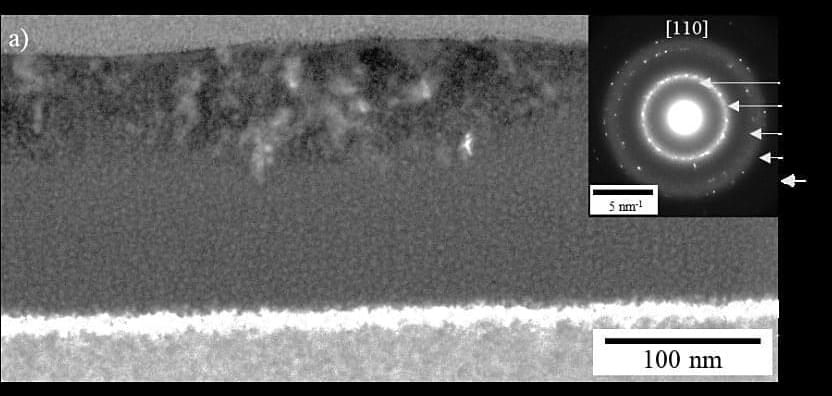
Quantum computing could get boost from discovery of Q-silicon
Researchers at North Carolina State University have discovered a new distinct form of silicon called Q-silicon which, among other interesting properties, is ferromagnetic at room temperature. The findings could lead to advances in quantum computing, including the creation of a spin qubit quantum computer that is based on controlling the spin of an electron.
“The discovery of Q-silicon having robust room temperature ferromagnetism will open a new frontier in atomic-scale, spin-based devices and functional integration with nanoelectronics,” said Jay Narayan, the John C. Fan Family Distinguished Chair in Materials Science and corresponding author of a paper describing the work published in Materials Research Letters.
Ferromagnetism in materials outside of transition metals and rare earths has excited scientists worldwide for a long time. This is because spin-polarized electrons can be used to process and store information with atomic resolution. However, materials with even numbers of electrons, such as carbon and silicon, without unpaired spins were not considered seriously in terms of bulk ferromagnetism. The dangling bonds in bulk carbon and silicon materials usually reconstruct and eliminate sources of unpaired electrons.

First Compelling Evidence for the Gravitational Wave Background
For the first time, researchers using pulsar timing arrays have found evidence for the long-sought-after gravitational wave background. Though the exact source of this low-frequency gravitational wave hum is not yet known, further observations may reveal it to be from pairs of supermassive black holes orbiting one another or from entirely new physics at work in our universe.
A New Window onto Gravitational Waves
In 2016, researchers reported the first detection of gravitational waves by the Laser Interferometer Gravitational-Wave Observatory (LIGO), opening a new window onto a universe’s worth of collisions between extreme objects like black holes and neutron stars. Though this discovery marked the beginning of a new observational era, many sources of gravitational waves remained beyond the reach of our current detectors on Earth.

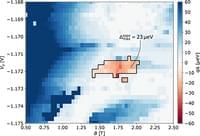
InAs-Al hybrid devices passing the topological gap protocol
Topological phases of matter can enable highly stable qubits with small footprints, fast gate times, and digital control. These hardware-protected qubits must be fabricated with a material combination in which a topological phase can reliably be induced. The challenge: disorder can destroy the topological phase and obscure its detection. This paper reports on devices with low enough disorder to pass the topological gap protocol, thereby demonstrating gapped topological superconductivity and paving the way for a new stable qubit.
Rotten Potatoes Can Apparently Run DOOM
😗😁 Year 2020
By subscribing, you agree to our Terms of Use and Policies You may unsubscribe at any time.
We have seen people run DOOM on a pregnancy test, we have seen DOOM on a Win95 PC emulated inside Minecraft and whatnot. But this YouTuber that goes by the name Equalo thought it was too mainstream to run DOOM on conventional devices. What did he do? He went with potatoes.
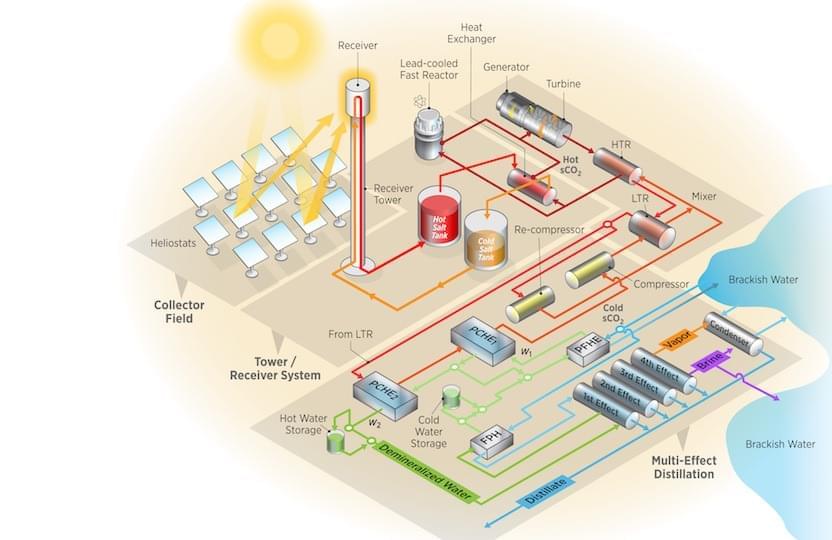
Combining nuclear and solar tech could make a powerful pair
In energy policy debates, nuclear energy and renewable energy technologies are sometimes viewed as competitors.
In reality, they could be better, together.
At the University of Wisconsin-Madison, Ben Lindley, an assistant professor of engineering physics and an expert on nuclear reactors, and Mike Wagner, an assistant professor of mechanical engineering and a solar energy expert, are studying the feasibility and benefits of such a coupling.

Tesla CyberCoupe Could Take SUVs to a Whole New Level of Stunning
What If Cybertruck Came In Coupe-SUV form or Cyber Sub Brand From Tesla? Find All The Latest Reveal From The Cybertruck Designers.
Buckle up and prepare for a thrilling ride into the future of automotive design. In a daring move that left the world in complete awe, Tesla’s brilliant chief designer, Franz von Holzhausen, shattered the boundaries of conventional auto styling with the unveiling of the Cybertruck.
Love it or hate it, this revolutionary electric truck demands attention like no other vehicle on the road. Just google Cybertruck once and see for yourself!
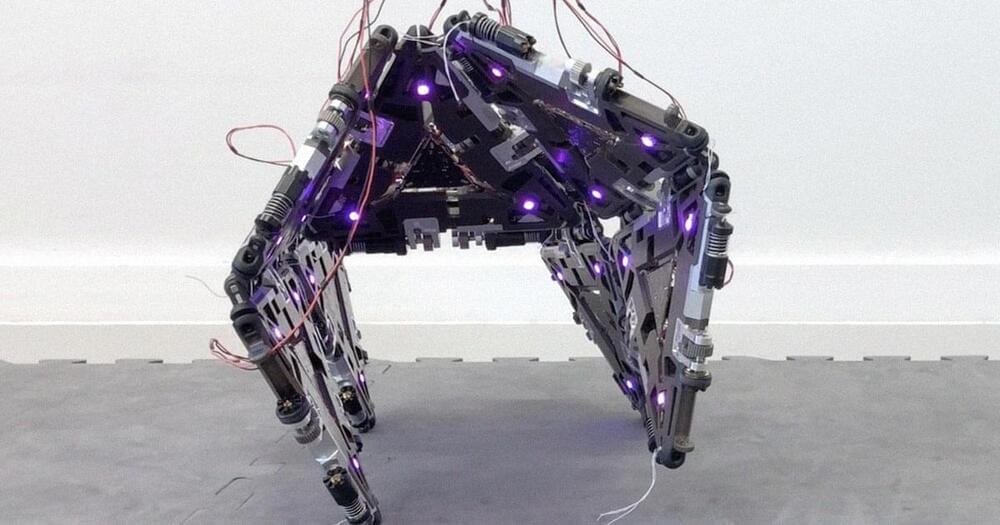
Ikea Trembles as Scientists Invent Flat Packable Robot
A team of researchers at Switzerland’s Ecole Polytechnique Fédérale de Lausanne (EPFL) have come up with an ingenious, origami-inspired robot that can turn itself into a huge number of three-dimensional shapes.
Best of all, it can fold and unfold itself like a piece of flat-pack Ikea furniture, which its creates say makes it an ideal candidate for assisting astronauts inside the cramped environment of a spacecraft.
As seen in a video demonstration, the bot — called Mori3 — can dexterously walk and pose with four flattened limbs, or even roll around once bent into a ring shape.